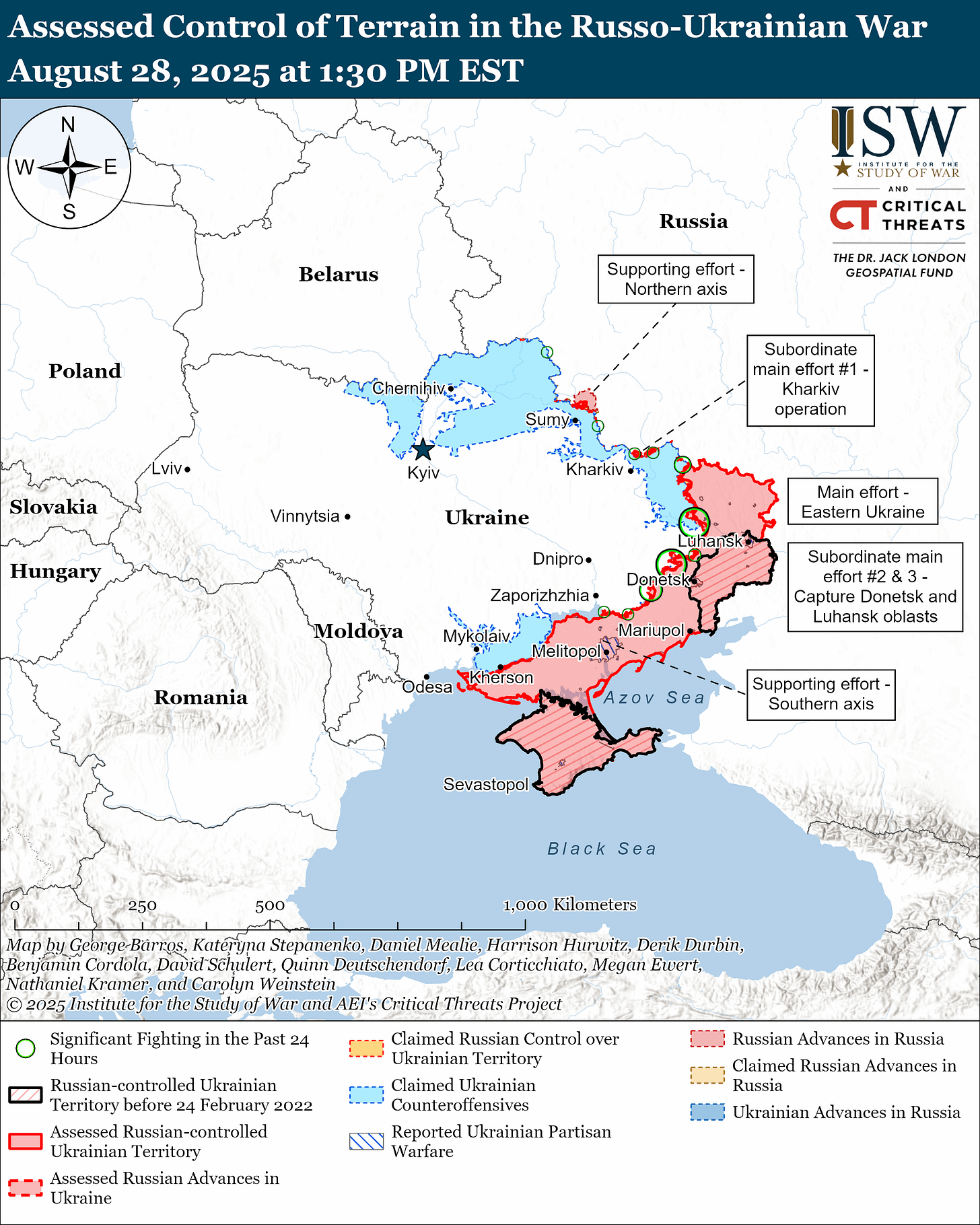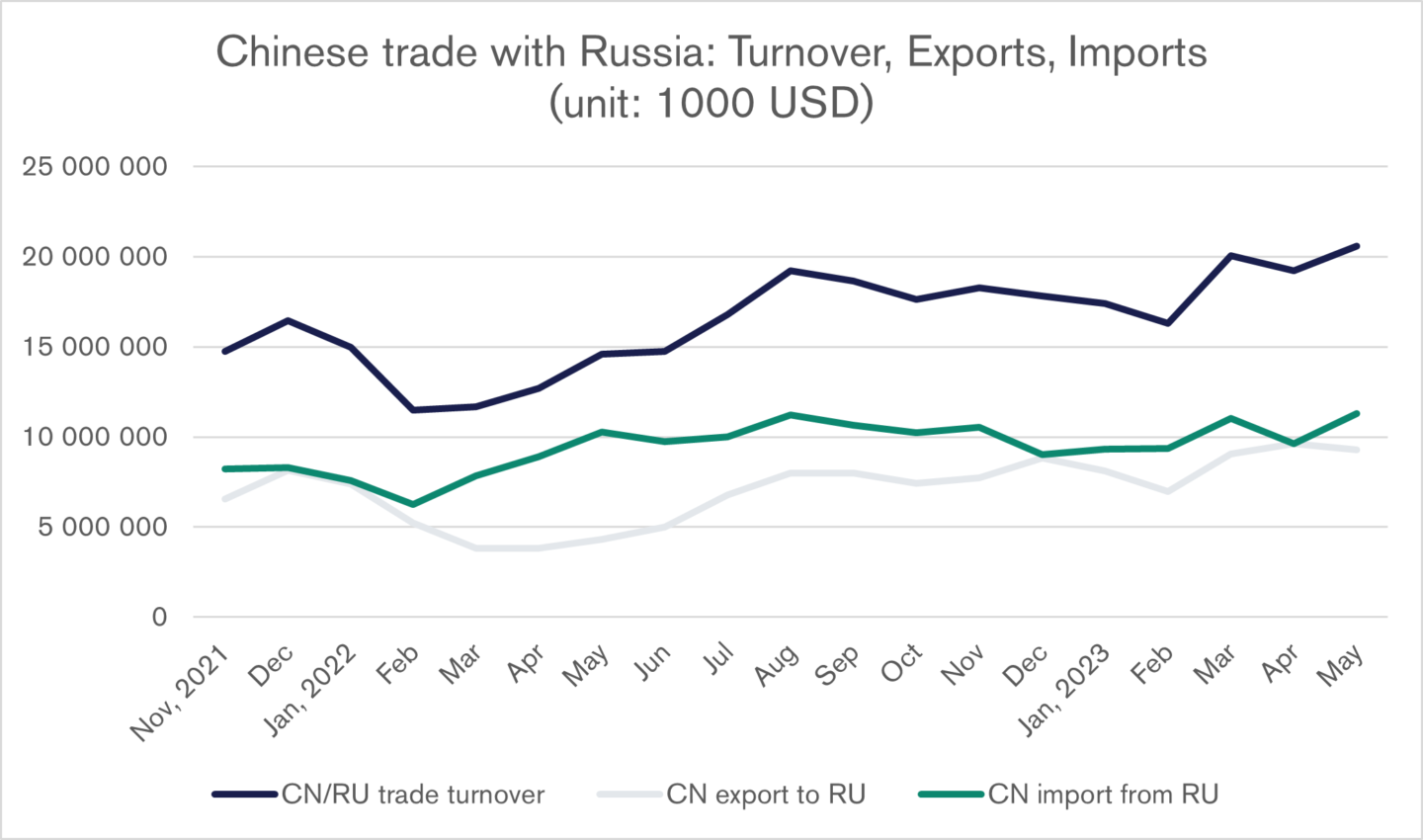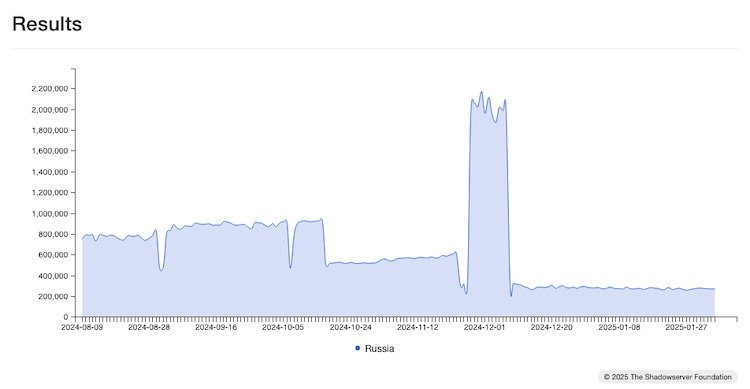The Anchorage Reckoning: Geopolitical Realignment in the Age of Coercion
Time to think big on Geopolitics
Happy weekend!
It's been a weird few weeks on the geopolitical front, and this has my mind on a bit of a swivel this weekend.
Geopolitical summits are a weird kind of M&A. You get the principals in a room, they talk about synergies and strategic alignment, and maybe they come out with a deal. Or maybe they come out with nothing, which is its own kind of deal. The Anchorage summit on August 15, 2025, was the second kind. The White House called it a "listening exercise," which is what you say when you know you're not getting a signature on the term sheet. No historic handshakes, no binding agreements, and, most critically, no joint communiqué. For Washington, it was a punt. For Vladimir Putin, the lack of a deal was the deal.
He walked away with exactly what he wanted: a photo-op that broke his international isolation and a big, beautiful vacuum of strategic ambiguity. And then, for the next fifteen days, he filled that vacuum. With missiles. And a trip to see his main banker in Beijing. This wasn't a series of random tantrums. This was a roadshow. Putin was pitching his new business model to the world, and the product is permanent conflict. The prospectus for this new venture was written in explosions and diplomatic snubs. It revealed the core psychological trades, the weaponized plumbing of the global economy, and the cognitive hacks that are reshaping our world. The world didn't get a peace deal in Anchorage; it got a front-row seat to the IPO of a new era of war.
Part I: The Psychology of the Gamble
To understand the Kremlin's strategy after Anchorage, you have to look past traditional geopolitics. The seemingly reckless military escalation isn't irrational; it's a predictable pattern of human behavior when the stakes are impossibly high. The Kremlin's playbook is a textbook case of how we make decisions under pressure, where the primal fear of losing becomes a more powerful motivator than any hope of winning.
This is a fundamental quirk in our mental wiring, an idea called Prospect Theory. It’s built on a few key insights: we judge things not in absolute terms but as gains or losses from a starting point, and losing hurts about twice as much as winning feels good. This "loss aversion" means that when we're faced with a choice framed as avoiding a sure loss, we suddenly become gamblers, willing to take huge risks to escape that fate.
The Kremlin's post-Anchorage strategy is a crystal-clear example of a leader operating deep in this "domain of losses." For Putin, the reference point isn't the stalemate of August 2025, but a world before 2014 where Russia had a recognized empire and a veto over its neighbors' futures. From that vantage point, a sovereign, Western-backed Ukraine is a catastrophic loss. This framing changes everything. The war is no longer a choice; it's an existential fight to stave off national humiliation.
Seen this way, the military onslaught after the summit was a classic high-risk gamble. The 92% surge in territory seized was a costly way to scream that talking hadn't softened Russia's resolve. But the real tell was the massive missile strike on August 20-21, which hit the U.S.-owned "Flex" electronics factory—a civilian target near the NATO border. A leader focused on gains would never risk a direct confrontation with the U.S. for such a minor prize. But for a leader desperate to avoid a loss, the logic is flipped. The strike was a high-stakes bet to prove that Western capital had no safe harbor, shattering the dream that Ukraine could rebuild while the war raged on.
Once you're on this path, it's incredibly hard to turn back, thanks to another powerful mental trap: the Sunk Cost Fallacy. It's the voice that tells you to keep going with a failing project because you've already put so much into it. Having already sacrificed hundreds of thousands of lives and a vast fortune, the Kremlin is now pot-committed. To back down without a clear victory would be to admit the entire catastrophe was a mistake. The sunk costs are so immense that continuing the fight becomes the only psychologically bearable option, not because victory is likely, but because stopping would mean facing the full, crushing weight of the loss.
Part II: Weaponizing the World's Plumbing
The economic war being waged isn't just about sanctions. It's a deeper struggle for control over the very architecture of the global economy. For decades, we believed that a world stitched together by trade and finance would be a safer world. The new reality is that those stitches can be weaponized. The very networks that connect us can be turned into chokepoints, and the fight today is over who controls the valves.
This new conflict is best explained by a concept called "Weaponized Interdependence". The idea is that in our interconnected world, power comes from controlling the networks everyone else depends on. Global networks, especially in finance, are built like wheels, with a dominant "hub" at the center—like the U.S. dollar—that everyone else has to go through. The hub's power comes from its ability to create a "chokepoint," turning off the tap for any country it wants to punish. This power is locked in because the "exit costs" of building a rival system are incredibly high.
The Western sanctions on Russia are one of the most audacious uses of this doctrine ever attempted, leveraging control over the financial hub to create a massive chokepoint by freezing assets and kicking banks off SWIFT. The goal was to starve Russia's war machine of funds, and it has inflicted real pain, costing Russia over $500 billion in potential war funding.
But Russia's response isn't just about dodging sanctions. It's a direct assault on the logic of weaponized interdependence itself. The goal is to build a credible alternative network. Putin's state visit to Beijing on August 30th was the main event, a strategic spectacle designed to cement a non-Western economic bloc capable of challenging the dollar's dominance. This rival system has a few key parts: building new infrastructure like China's CIPS payment system, ditching the dollar in bilateral trade (an incredible 92% of Russia-China business is now in local currencies), and using political clubs like BRICS+ to legitimize this new financial world.
The endgame is to rewire the global economy. By creating a parallel system, Russia and China hope to dramatically lower the "exit costs" for other countries, blunting the West's most powerful weapon. This isn't just a defensive move. They are trying to build new networks where they control the chokepoints, built not on finance and tech, but on control of physical things: energy, grain, and manufacturing. This is no longer just a sanctions game. It's a long-term, structural war over who controls the plumbing of the 21st-century world.
The De-Dollarization Dashboard (2022-2025)
Part III: The Cognitive Battlefield
The most powerful weapons unleashed after Anchorage weren't missiles; they were ideas. The Kremlin's moves were a masterclass in psychological warfare, a campaign designed not to win territory, but to win the war inside the minds of Western leaders. This strategy is a dark art rooted in old Soviet doctrine, and it's perfectly tailored to the psychology of its main target: the second Trump administration.
At the heart of this is a concept called "Reflexive Control." The goal isn't just to trick your opponent. It's to feed them a carefully crafted diet of information that leads them to voluntarily and unknowingly make the exact decision you want them to make. You hijack their decision-making process by creating chaos and exhaustion through distractions, information overload, and paralysis.
The post-Anchorage period was a live demonstration. The contradictory signals ramping up the war while talking about peace, making maximalist demands while hinting at deals, and peppering it all with nuclear threats weren't signs of confusion. They were a deliberate campaign to induce cognitive fatigue. The core idea Putin is trying to plant is simple: "My victory is inevitable, your resistance is infinitely costly, and the risks are nuclear. Therefore, giving up is your only rational choice".
This mind game is designed for an audience of one: Donald J. Trump. His approach to the world is brutally transactional, built on coercion and brinkmanship. He sees global politics as a series of deals to be won, using tactics like outrageous opening bids and a "madman theory" of unpredictability to force concessions. Above all, he's driven by the need for a clear, public "win" he can sell to his base.
Putin's reflexive control is perfectly designed to exploit this. He's raising the cost of the war to create a "problem" that Trump can then "solve" with a grand bargain, framing a Russian victory as a personal, historic "win" for Trump. It's a strategy that targets the ego, not the intellect. But this sets up a potential hall of mirrors. The Kremlin, trapped in its own echo chamber of Confirmation Bias the tendency to see what you want to see assumes Trump will fold. Trump, convinced of his own unpredictability, assumes his "madman" act will make Putin back down. If both leaders are operating on flawed assumptions, the risk of a rapid, unintended, and catastrophic escalation is terrifyingly real.
Part IV: The Market's New Map
Financial markets are the world's fastest, most unsentimental interpreters of reality. In the two weeks after Anchorage, they delivered a brutal verdict: the hope for a negotiated peace was dead. In its place, they priced in a new reality of permanent, grinding conflict. But this wasn't just a rational adjustment. It was a deep, behavioral shift, a stampede driven by powerful mental shortcuts that are literally redrawing the map of global money.
Markets move on narratives—simple, contagious stories that shape how we see the world. And geopolitical shocks are the perfect trigger for a stampede, or Herd Behavior, where investors, overwhelmed by uncertainty, stop thinking for themselves and just follow the crowd.
The most dramatic result of this new psychology is a massive, structural shift in global investment: a "Great Capital Rotation" out of China and into a new class of emerging markets. Global investors watched in 2022 as Russia was surgically removed from the Western financial system. Now, they are applying that "Russia template" to the next potential flashpoint: a war over Taiwan. In a classic herd move, they are pre-emptively de-risking, causing a sustained and historic flight of capital from China.
But that money isn't just disappearing. It's rotating into countries seen as geopolitically safer bets, like Vietnam, Mexico, and India, which are becoming the new manufacturing hubs for everything from iPhones to car parts. This is a fundamental change in the logic of global investment. For thirty years, money chased the highest return. Now, it's chasing security and geopolitical alignment. This investor-led stampede is creating a self-fulfilling prophecy, building a bifurcated world not just through government policy, but through the collective, risk-averse decisions of millions of investors who have all learned to think like geopolitical strategists.
Global Capital Flow Divergence (2023-2025)
Part V: The European Awakening
If Putin's goal in Anchorage was to sideline Europe, he miscalculated badly. The summit and the aggression that followed served as a strategic electroshock, forging a new European resolve. The era of the "peace dividend" the decades when Europe funded its social programs by cashing in peace checks is over. The age of European rearmament has begun, and it's sparking a tech-driven industrial revolution.
The old NATO goal of spending 2% of GDP on defense is now the absolute minimum. The new consensus target is effectively 5% by 2035, a once-in-a-generation rewiring of Europe's economies. But this flood of cash isn't just going to the old defense giants. It's igniting a fire under a new, dynamic sector: dual-use technology startups, whose work in AI, robotics, and autonomy can be used for both civilian and military purposes.
Number of open internet servers in Russia chart ShadowServer or Russia internet isolation data chart
The growth has been explosive. As of May 2025, there are over 17,600 of these dual-use tech companies across NATO countries, and investment in the sector shot up by 25% in less than a year to nearly $1.2 trillion. This boom is being fed by a new ecosystem of support from the EU and NATO. The poster child for this new era is Helsing AI, a German AI defense startup founded in 2021 that recently raised $690 million at a stunning $13.8 billion valuation. The fact that major venture capital firms are piling in shows that serious private money is now chasing the dream of building Europe's technological sovereignty. This could be the birth of a true European "DARPA model," creating a dynamic innovation ecosystem that could have massive spillover effects for the civilian economy for decades, accelerating Europe's journey toward becoming a genuine superpower.
Part VI: Russia's Achilles' Heel
While the Kremlin wages a sophisticated war abroad, it is waging a self-destructive war at home—a war against its own future. In its paranoid obsession with controlling information today, the regime is inflicting a wound that may prove fatal tomorrow.
The Kremlin has hit the accelerator on its project to build a "sovereign internet" a digital iron curtain designed to seal off the Russian people from the world. This is a reality with terrifying metrics: the number of publicly accessible servers in Russia has crashed by nearly 70% in under a year, and foreign messaging apps are being systematically crippled to force users onto state-controlled platforms.
These policies are fueling a catastrophic brain drain. By some estimates, as much as 30% of Russia's entire software developer community has already fled the country, and it's the best and the brightest who are leaving. This exodus is a permanent downgrade of Russia's future potential, creating an "innovation stagnation" that will make it impossible to keep up technologically with the West or even China.
This reveals the fatal contradiction at the heart of Putin's project. His system of control is destroying his capacity for competition. To fight a long-term war that depends on advanced technology, you need a world-class pool of innovators. But the very things his regime needs to survive—total information control, censorship, isolation—create an environment that is toxic to that talent. In his paranoid quest to escape the West, Putin is leading Russia directly into vassalage to the East. This is the regime's Achilles' heel, and the wound is getting deeper every day.
Conclusion: What's the Trade?
So what's the trade? After fifteen days of Putin's brutal roadshow, the market has priced in a few potential futures. They are not, shall we say, bullish for global stability.
Scenario A is the Frozen Conflict. This is the "hold" rating. Everyone is stuck in a terrible, value-destroying position, but the transaction costs to get out are too high. The war becomes a kind of zombie company on the balance sheet of the world, generating no profit but too politically toxic to write off. This is the future driven by the Sunk Cost Fallacy, a world of permanent proxy fights and a bifurcated global economy where everyone pretends their bad investment will one day turn around. It is not peace. It is a managed workout that never ends.
Scenario B is the Fractured Globe. Here, the Russia-China "special purpose acquisition company" actually works. They build a viable alternative to the dollar-based system, and a bunch of other countries decide to invest. This is the future where the West loses its monopoly on the world's financial plumbing—where Weaponized Interdependence becomes a two-player game. The world becomes a chaotic, multipolar arbitrage opportunity, with middle powers playing the two big exchanges off each other. It's "China+1" as a global organizing principle.
Scenario C is the Exhausted Détente. This is the margin call. Everyone runs out of money at the same time. The costs of Putin's war—the crippling budget deficits, the catastrophic brain drain that is the regime's Achilles' Heel—finally collide with the West's own exhaustion. The logic of Prospect Theory, where everyone keeps doubling down to avoid booking a loss, hits a hard stop against the wall of reality. This isn't a peace deal; it's a bankruptcy proceeding. A grim, ugly truce born of the realization that everyone's account is about to be liquidated.
The path between these futures is still being traded. But the terms of the deal were laid out with brutal clarity in the wake of the Anchorage reckoning. Geopolitics, it turns out, is just finance with a higher body count.
Hope you have an extra cup for this one!
Happy weekend.








